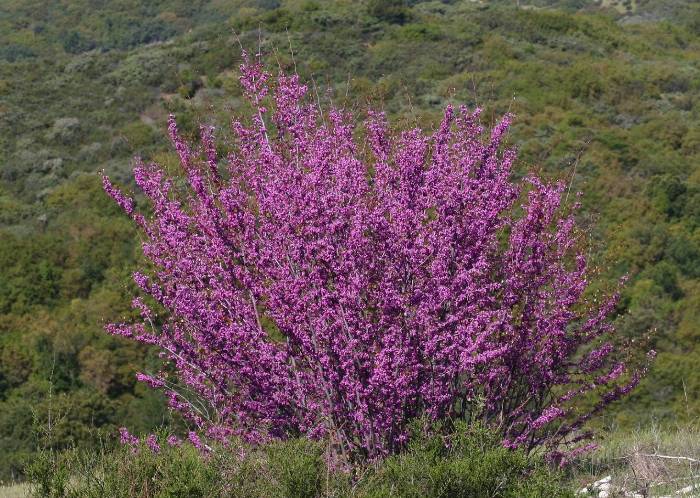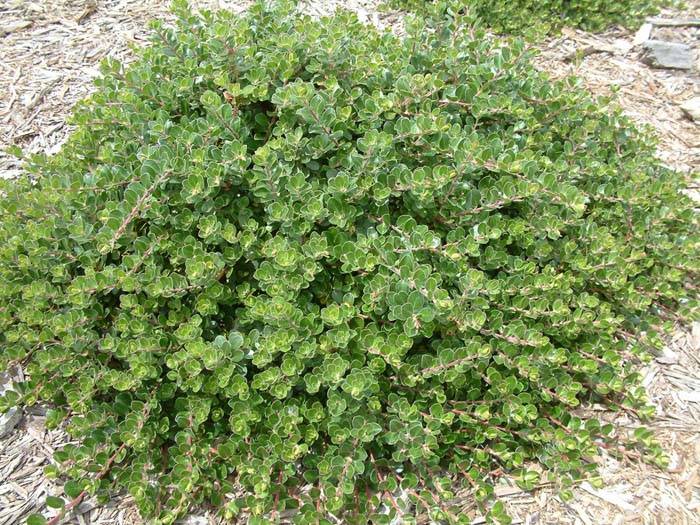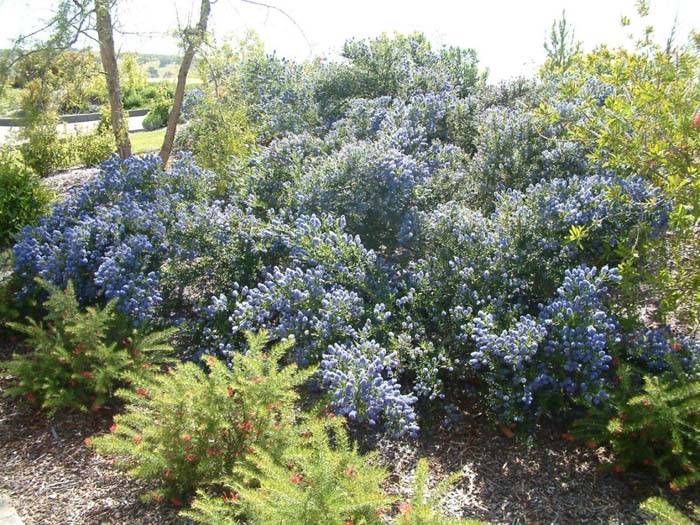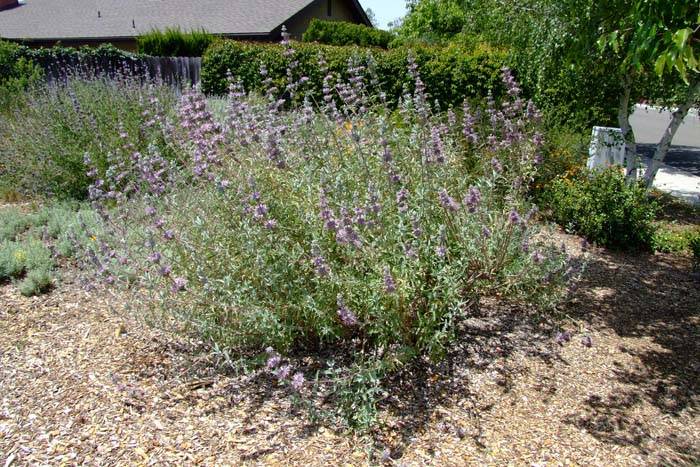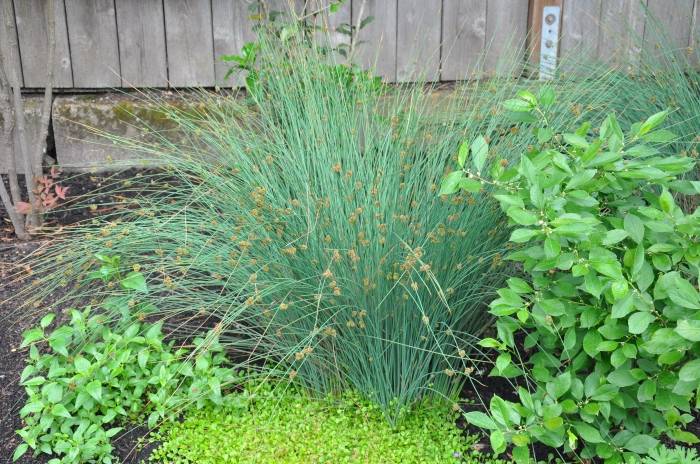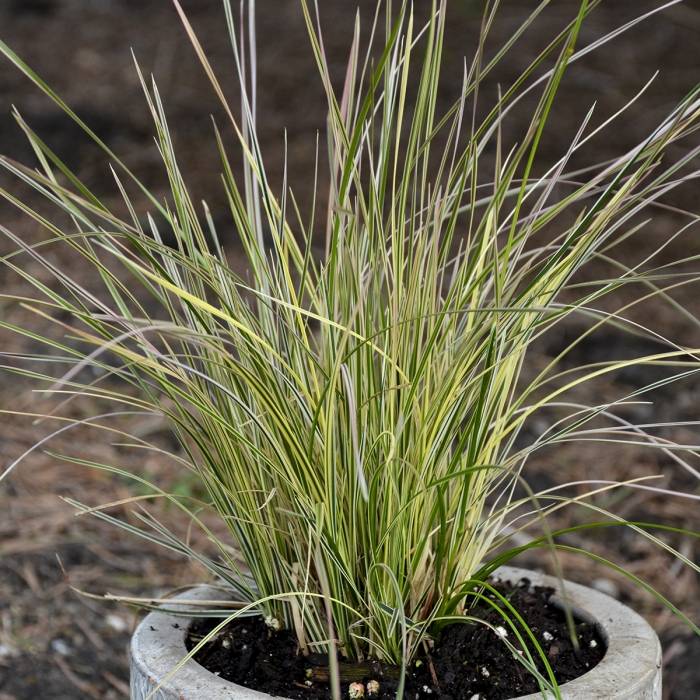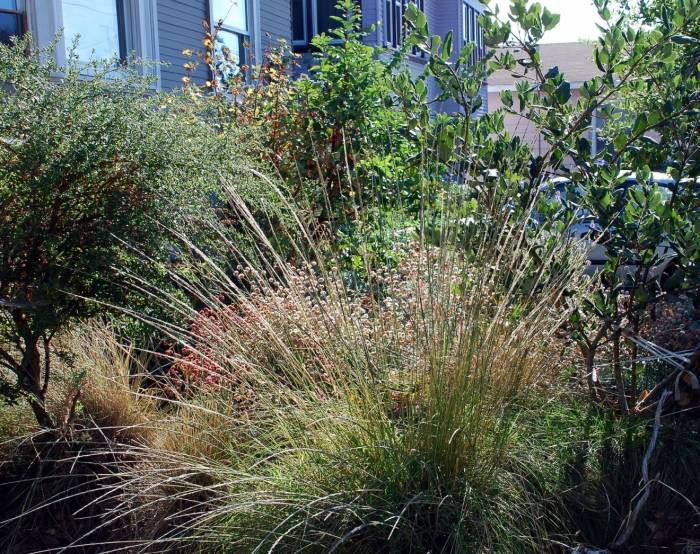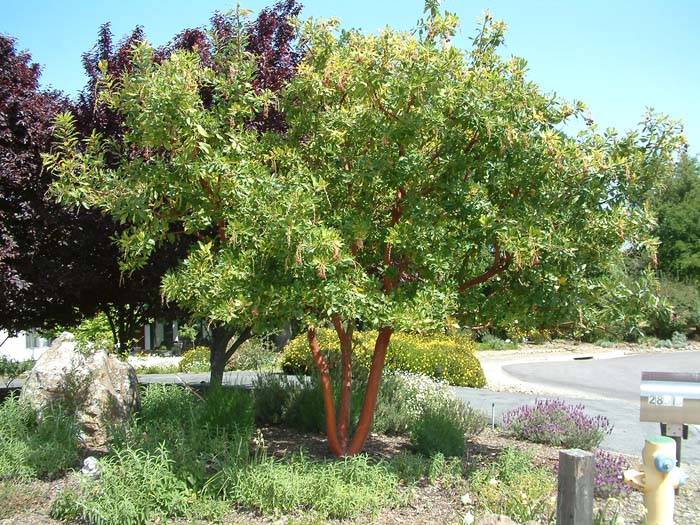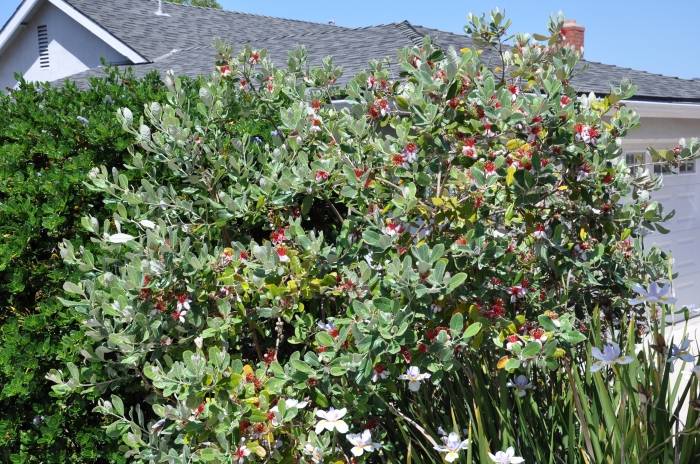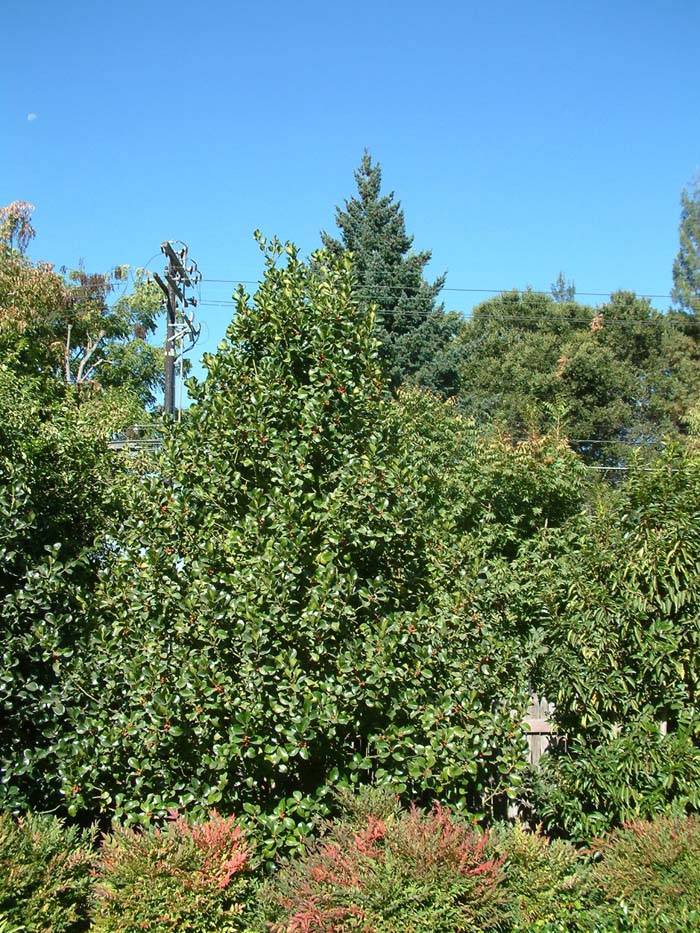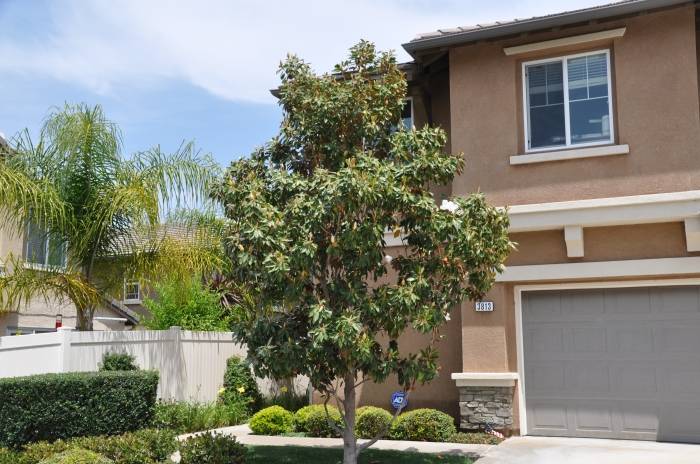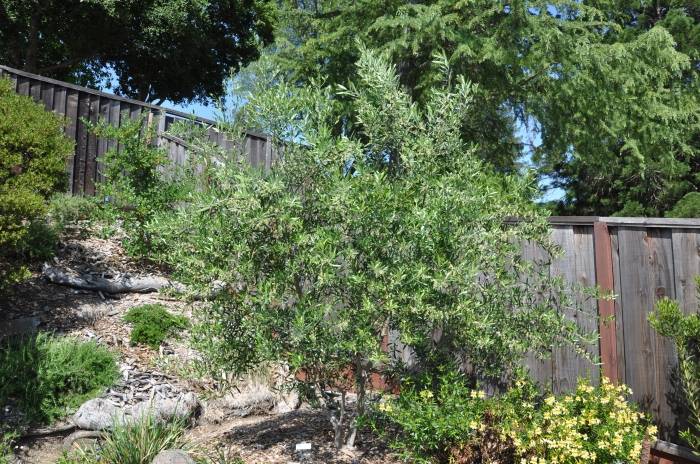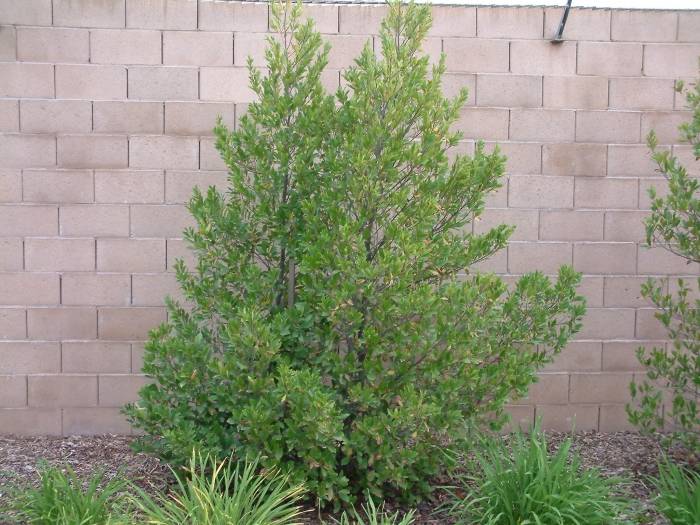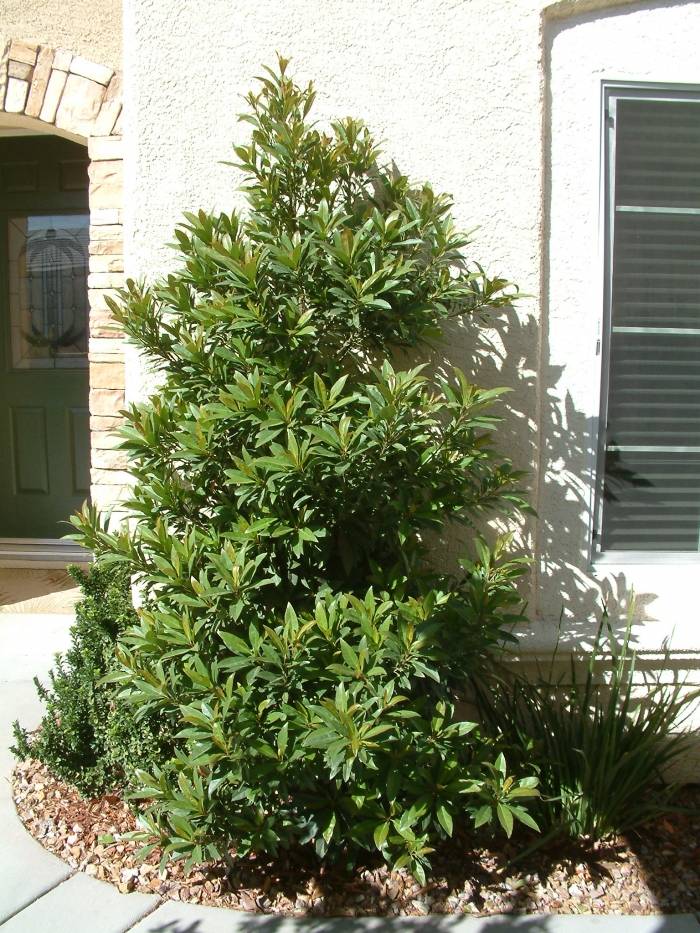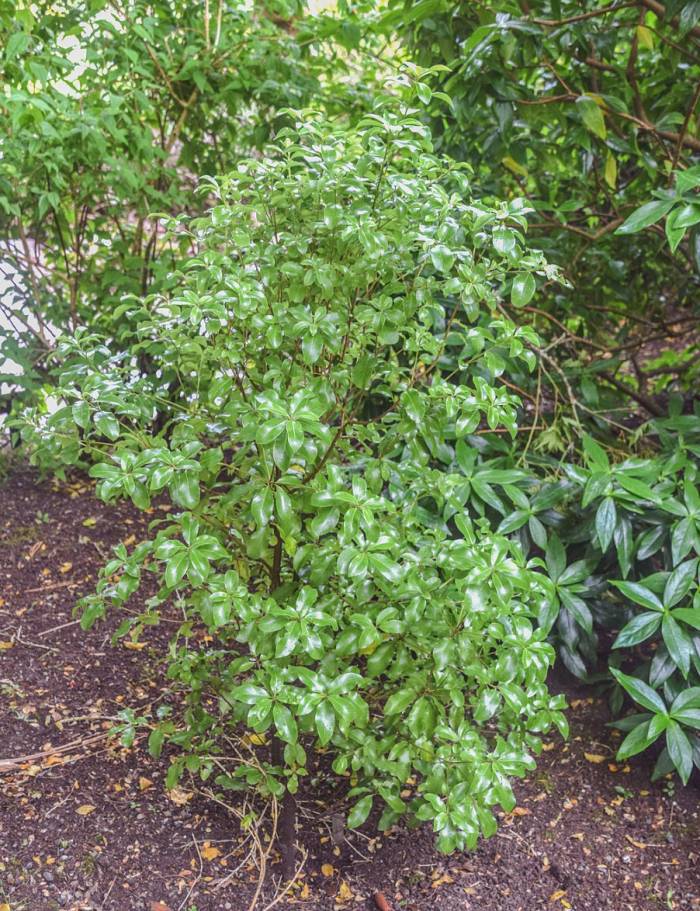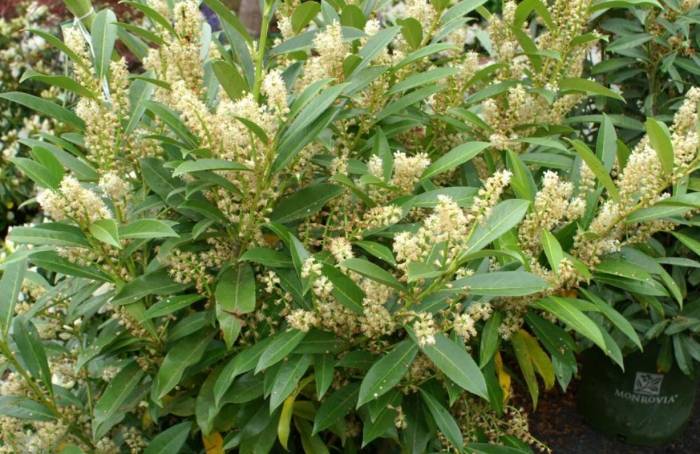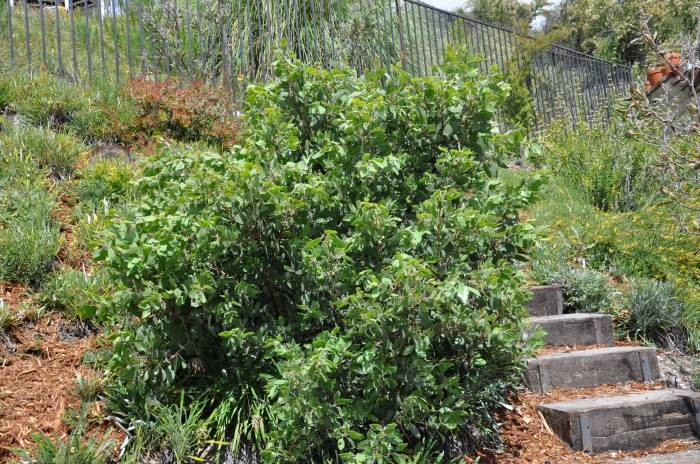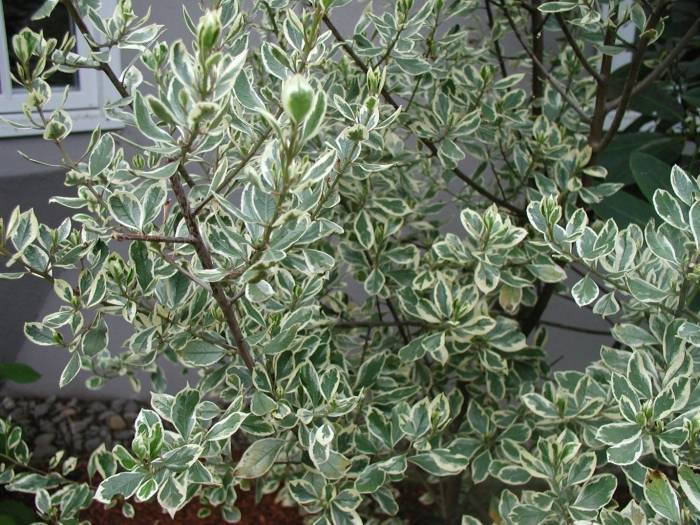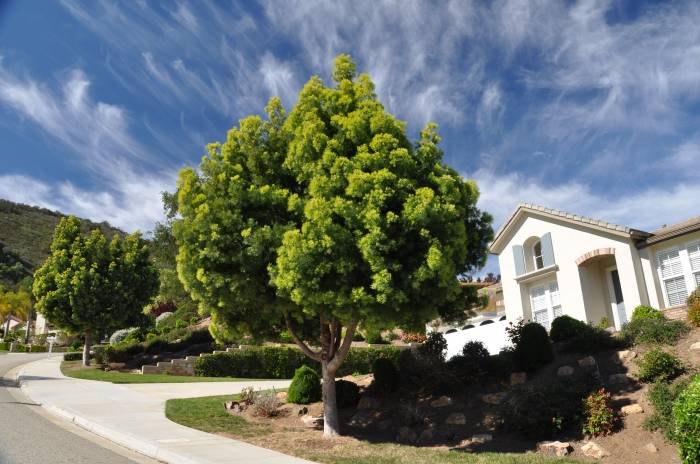Landscape Construction- Hiring Laborers and Crew Leaders
(Español abajo)

APPLY HERE
O’Connell Landscape, a full service design/build landscape construction company is looking for landscape construction crew members and landscape construction crew leaders for our residential projects in Marin and Southern Sonoma County.
This is a full time, year round field position.
This posting will be deleted once the position is filled, if this posting is still active the job position is still available.
Duties Include:
-Active participation in landscape construction (field position, physical labor required)
-Installation of patios, fences, lawns, plantings, irrigation systems, etc.
Experience Required:
1-5 or more years past experience in Landscape Construction
Requirements
-Clean California Drivers License
-Bilingual English/Spanish
-Field position: Physical labor required and ability to lift 80 lbs.
Benefits and Compensation
-$20-30 per hour depending on experience
-8 Paid holidays, 1 week vacation time
-Performance based bonuses
-Health coverage
Job Applications:
You can apply online at: https://oclandscape.com/ocblog/ninja-forms/3fap8/
Or send resumes via email or fax; or call us for more information. View our website for examples of the scope of work required.
We are a family owned and operated company, with a long term work force that has been with us for decades. We believe that good employees are a foundation to our success. As such, we try to cultivate a good work environment, believe that our employees’ families come first, and treat our employees with respect.
Michael O’Connell
O’Connell Landscape
Phone: (415) 462-9729 extension 2 – (texts ok)
Fax: (415) 462-8932
http://www.oclandscape.com
————
O’Connell Landscape, una compañía de construcción de jardines, está buscando miembros del equipo de construcción de paisajes y líderes de equipos de construcción de paisajes para nuestros proyectos residenciales en Marin y el sur del condado de Sonoma.
Esta es una posición tiempo completo, durante todo el año.
Esta publicación se eliminará una vez que se ocupe el puesto, si esta publicación aún está activa, el puesto de trabajo aún está disponible.
Los deberes incluyen:
-Participación activa en la construcción del paisaje (posición de campo, trabajo físico requerido)
-Instalación de patios, cercas, zecate, plantas, sistemas de riego, etc.
Experiencia requerida:
Experiencia de 1 a 5 años o más en construcción de jardines
Requisitos
-Limpie la licencia de conducir de California
-Inglés / español bilingüe- una gran ventaja
Beneficios y compensación
-$20-30 por hora dependiendo de la experiencia.
-8 dias pagos feriados, una semana de tiempo de vacaciones
-Bonos basados en el rendimiento
-Cobertura de salud
Solicitudes de empleo:
Se puede applicar: https://oclandscape.com/ocblog/ninja-forms/3fap8/
Envíe currículums por correo electrónico o fax a la siguiente dirección o llámenos para obtener más información. Visite nuestro sitio web para ver ejemplos del alcance del trabajo requerido.
Somos una empresa operada y de propiedad familiar, con una fuerza laboral a largo plazo que ha estado con nosotros durante décadas. Creemos que los buenos empleados son la base de nuestro éxito. Tratamos de cultivar un buen ambiente de trabajo, creemos que las familias de nuestros empleados son lo primero y tratamos a nuestros empleados con respeto.
Michael O’Connell
O’Connell Landscape
Phone: (415) 462-9729 Extensión 2 (habalmos español, textos ok)
Fax: (415) 462-8932
http://www.oclandscape.com





















